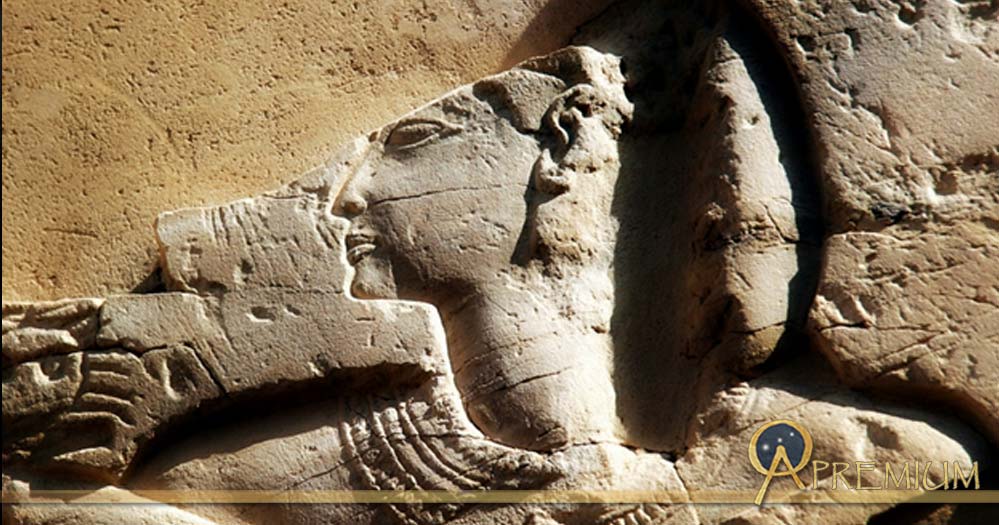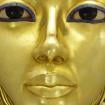Enduring Mystery of the Screaming Mummy: Abominable Crime and a Disgraced Prince—Part II
The devious plot of the secondary wife, Queen Tiye, to murder King Ramesses III came-a-cropper. In no time the conspirators, who included palace staff and her own son, were apprehended, interrogated and sentenced. Many of them were granted the opportunity to take their own lives – which they gladly embraced, choosing death over ignominy. Extant documents inform us that Prince Pentawer, one of the prime accused, was also extended this courtesy. The manner of his death remains unknown. But a mysterious and grotesque mummy – designated Unknown Man E – discovered by Émile Brugsch in the famed Deir el-Bahri cache led many to believe it was none other than the disgraced prince. If true, why was an abhorrent, fallen royal who had dared to assassinate a Pharaoh be buried in the company of illustrious rulers?

Bound Philistine prisoners of the confederation that comprised the Sea Peoples being paraded after their capture. Mortuary Temple of Ramesses III. Medinet Habu. (Photo: Rémih CC BY-SA 3.0)
Death, by My Own Hand
According to the Great Harris Papyrus, Ramesses III had ruled for a total of 31 years and 41 days; and in that time, he had given Egypt her last glimpse of the glory that she had attained in the past. Even though it is a fact that the plotters had failed miserably in their major aim of installing a prince who was given the pseudonym Pentawer, “He of the Great One” on the throne of Egypt; they did not entirely fail in their dark mission. The reference to ‘Great God’ is a giveaway about the ultimate fate of Ramesses III, who obviously died, before the trial was completed; for this epithet was solely attributed to dead rulers. It therefore stands to reason that Ramesses lived long enough to institute an inquiry commission to bring the dastardly conspirators to book.

Right profile view of the head of the well-preserved mummy of pharaoh Ramesses III found in the royal cache in DB320. Computed tomography scans revealed a deep cut in the king’s throat, probably made by a sharp knife. During the mummification process, a Horus eye amulet was inserted in the wound for healing purposes, and the neck was covered by a collar of thick linen layers. “The Royal Mummies” by G. Elliot Smith, 1912. (Public Domain)
Like this Preview and want to read on? You can! JOIN US THERE ( with easy, instant access ) and see what you’re missing!! All Premium articles are available in full, with immediate access.
For the price of a cup of coffee, you get this and all the other great benefits at Ancient Origins Premium. And - each time you support AO Premium, you support independent thought and writing.
Independent researcher and playwright Anand Balaji, is an Ancient Origins guest writer and author of Sands of Amarna: End of Akhenaten
The author expresses his gratitude to Dr Bob Brier and Dylan Bickerstaffe for sharing their invaluable insights; and to Pat Remler for providing exclusive photos for publication in this series.
[The author thanks Heidi Kontkanen, Margaret Patterson and Leslie D. Black, for granting permission to use their photographs.]
Top Image: A damaged relief from his palace-cum-mortuary temple at Medinet Habu shows King Ramesses III making offerings to the gods; design by Anand Balaji (Photo credit: Elena Pleskevich); Deriv.
By Anand Balaji




















